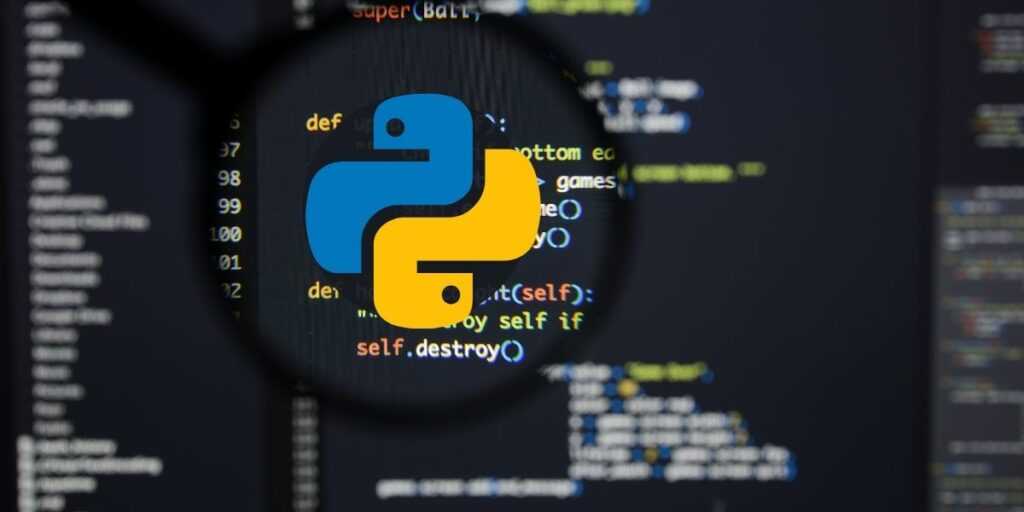Personal Career & Learning Guide for Data Analyst, Data Engineer and Data Scientist
Python is a powerful programming language that has become increasingly popular in recent years for its versatility and ease of use. One of the key areas where Python shines is in the handling of dates and times, which are a crucial component of business analytics. In this article, we will explore how Python can be used to format dates for business analytics.
Date formatting is a common task in data analysis, as data is often stored in different formats and needs to be transformed into a common format for analysis. For example, a company may have a list of transaction dates that need to be converted from a European format (dd/mm/yyyy) to an American format (mm/dd/yyyy). Python provides a suite of tools for performing these types of conversions efficiently and easily.
One of the first things that Python can be used for is to convert dates from one format to another. For example, you could use Python to convert a date from “dd/mm/yyyy” to “mm/dd/yyyy”. This can be especially useful in business analytics when working with data from different countries, as it allows you to handle dates in a way that is appropriate for each locale.
Another important aspect of date formatting is dealing with missing or incomplete data. For example, you may have a list of transaction dates that are missing the year, and you need to fill in this information. Python provides tools for handling missing data, such as automatically filling in missing information based on a default value or using algorithms to estimate missing values based on existing data.
In addition to these basic functions, Python also provides advanced capabilities for formatting dates, such as converting dates to different time zones, handling leap years, and dealing with daylight saving time. These tools can be used to ensure that your data is accurate and consistent, even when dealing with complex time-related issues.
Finally, Python also provides support for working with dates and times in a more sophisticated manner, such as calculating the difference between two dates, adding or subtracting time from a date, and converting dates to string representations. These tools can be used to perform more advanced date manipulations, such as calculating the number of days between two dates, or finding the date that is a certain number of days before or after a given date.
In a nutshell, I would like to say that Python is a valuable tool for business analytics, as it provides a comprehensive set of tools for date formatting. Whether you’re converting dates from one format to another, dealing with missing or incomplete data, or performing more advanced date manipulations, Python can help you get the job done quickly and efficiently. So if you’re working with Python for business analytics, be sure to make use of its powerful date formatting capabilities.
Python for Business Analytics – Chapter 6: Date Formatting
 Loading...
Loading...
Latest end-to-end Learn by Coding Projects (Jupyter Notebooks) in Python and R:
All Notebooks in One Bundle: Data Science Recipes and Examples in Python & R.
End-to-End Python Machine Learning Recipes & Examples.
End-to-End R Machine Learning Recipes & Examples.
Applied Statistics with R for Beginners and Business Professionals
Data Science and Machine Learning Projects in Python: Tabular Data Analytics
Data Science and Machine Learning Projects in R: Tabular Data Analytics
Python Machine Learning & Data Science Recipes: Learn by Coding
R Machine Learning & Data Science Recipes: Learn by Coding
Comparing Different Machine Learning Algorithms in Python for Classification (FREE)
There are 2000+ End-to-End Python & R Notebooks are available to build Professional Portfolio as a Data Scientist and/or Machine Learning Specialist. All Notebooks are only $29.95. We would like to request you to have a look at the website for FREE the end-to-end notebooks, and then decide whether you would like to purchase or not.
